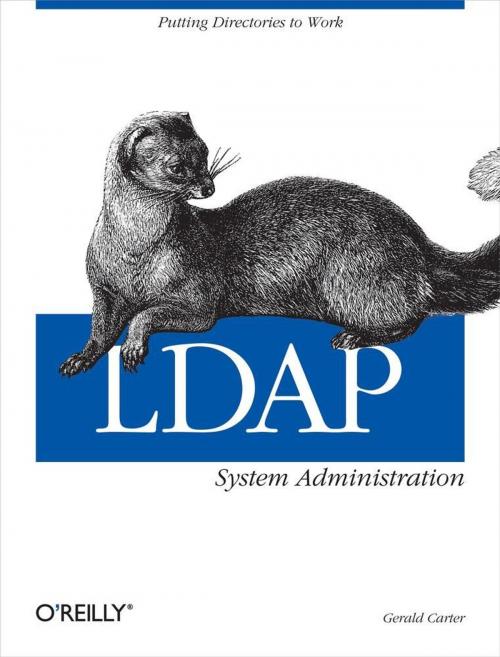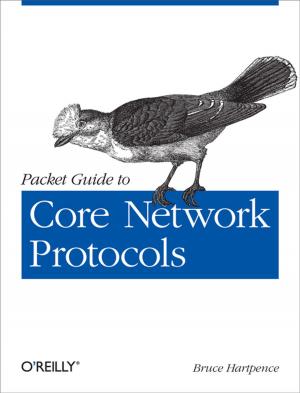LDAP System Administration
Putting Directories to Work
Nonfiction, Computers, Networking & Communications, LANs & WANs, General Computing| Author: | Gerald Carter | ISBN: | 9780596551919 |
| Publisher: | O'Reilly Media | Publication: | February 9, 2009 |
| Imprint: | O'Reilly Media | Language: | English |
| Author: | Gerald Carter |
| ISBN: | 9780596551919 |
| Publisher: | O'Reilly Media |
| Publication: | February 9, 2009 |
| Imprint: | O'Reilly Media |
| Language: | English |
Be more productive and make your life easier. That's what LDAP System Administration is all about.
System administrators often spend a great deal of time managing configuration information located on many different machines: usernames, passwords, printer configurations, email client configurations, and network filesystem configurations, to name a few. LDAPv3 provides tools for centralizing all of the configuration information and placing it under your control. Rather than maintaining several administrative databases (NIS, Active Directory, Samba, and NFS configuration files), you can make changes in only one place and have all your systems immediately "see" the updated information.
Practically platform independent, this book uses the widely available, open source OpenLDAP 2 directory server as a premise for examples, showing you how to use it to help you manage your configuration information effectively and securely. OpenLDAP 2 ships with most Linux® distributions and Mac OS® X, and can be easily downloaded for most Unix-based systems. After introducing the workings of a directory service and the LDAP protocol, all aspects of building and installing OpenLDAP, plus key ancillary packages like SASL and OpenSSL, this book discusses:
- Configuration and access control
- Distributed directories; replication and referral
- Using OpenLDAP to replace NIS
- Using OpenLDAP to manage email configurations
- Using LDAP for abstraction with FTP and HTTP servers, Samba, and Radius
- Interoperating with different LDAP servers, including Active Directory
- Programming using Net::LDAP
If you want to be a master of your domain, LDAP System Administration will help you get up and running quickly regardless of which LDAP version you use. After reading this book, even with no previous LDAP experience, you'll be able to integrate a directory server into essential network services such as mail, DNS, HTTP, and SMB/CIFS.
Be more productive and make your life easier. That's what LDAP System Administration is all about.
System administrators often spend a great deal of time managing configuration information located on many different machines: usernames, passwords, printer configurations, email client configurations, and network filesystem configurations, to name a few. LDAPv3 provides tools for centralizing all of the configuration information and placing it under your control. Rather than maintaining several administrative databases (NIS, Active Directory, Samba, and NFS configuration files), you can make changes in only one place and have all your systems immediately "see" the updated information.
Practically platform independent, this book uses the widely available, open source OpenLDAP 2 directory server as a premise for examples, showing you how to use it to help you manage your configuration information effectively and securely. OpenLDAP 2 ships with most Linux® distributions and Mac OS® X, and can be easily downloaded for most Unix-based systems. After introducing the workings of a directory service and the LDAP protocol, all aspects of building and installing OpenLDAP, plus key ancillary packages like SASL and OpenSSL, this book discusses:
- Configuration and access control
- Distributed directories; replication and referral
- Using OpenLDAP to replace NIS
- Using OpenLDAP to manage email configurations
- Using LDAP for abstraction with FTP and HTTP servers, Samba, and Radius
- Interoperating with different LDAP servers, including Active Directory
- Programming using Net::LDAP
If you want to be a master of your domain, LDAP System Administration will help you get up and running quickly regardless of which LDAP version you use. After reading this book, even with no previous LDAP experience, you'll be able to integrate a directory server into essential network services such as mail, DNS, HTTP, and SMB/CIFS.















